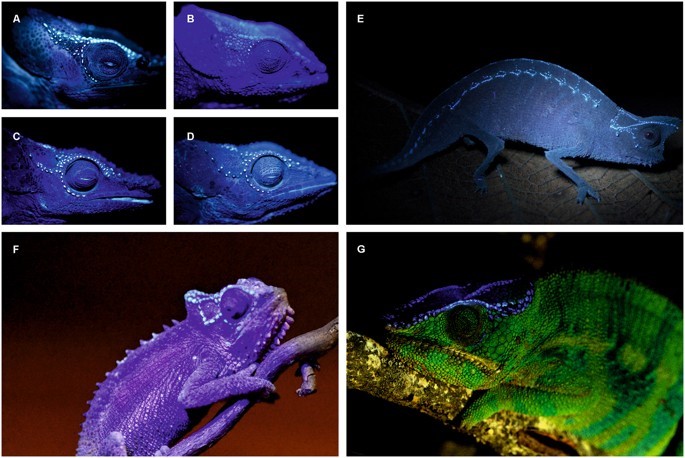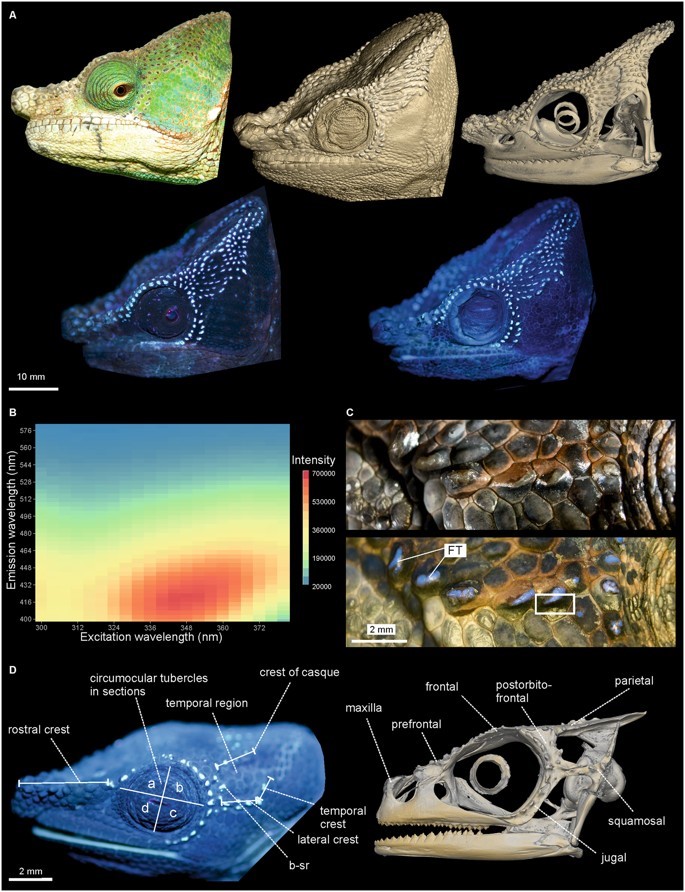By Jaxson Hussey
It’s All About Perspective
Most of us see the world relatively the same way; we see in color, have depth perception, and an ability to adjust our vision so that we are able to see in low-light conditions. Often, we may assume that the other species see the world in the same way that we do, but more and more we are learning that this is not always true. Sure, most of us know that dogs have some degree of colorblindness, as well as the ability to see in the dark much better than we can. However, some animals such as frogs have the ability to see much better than we do. This perspective of the world around us can be very difficult to imagine, and so studying these perspectives can give us insight as to how other species view our world. Additionally, we know that sexual selection and natural selection can sometimes act in opposition of one another. Basically, this means that some traits that may help individuals attract attention from potential mates can also attract more attention from predators. So how do animals overcome this problem?

Well, natural selection will always reject features that cause an increase in predation. However, given that species see the world in different ways, is it possible to evolve so that these features aren’t obvious to everyone else?
This is what is known as private communication. This is almost like a Morse code, that only other members of the same species can understand. As you can imagine, private communication is not well understood because it is not intended to be obvious to other species. The article “Widespread bone-based fluorescence in chameleons” (Protzël et al, 2017) is based on a discovery of fluorescence in chameleons. It is known that chameleons have very distinctive ridges on their skulls, yet we don’t really know what for. However, these scientists discovered that chameleons exhibit fluorescence along these ridges from the bone tubercles, which suggests that maybe these ridges could be involved in some type of private communication among individual chameleons.

How it Works
There is a common misconception that chameleons are seeing this in UV light. While chameleons can and do see UV, the ridges on their heads are actually emitting blue-green light which is outside of the UV spectrum. This happens due to a process in which UV light is absorbed by the bone, and then emitted again as a blue-green color. This is caused by the tubercles that are formed on the bone. Tubercles are a bone structure that protrude upward from the skull, and have a cylindrical structure. The tubercles push upward on the skin, displacing everything in the cell around the tubercle, creating a sort of translucent window. This then allows UV to come in, and then come back out as blue-green light. This is the basis for the hypothesis that chameleons could be potentially be using the anatomy of their skulls and these bone tubercles to privately communicate. This fluorescence is widespread among species of chameleons. Additionally, there is a species of chameleon called Trioceros cristatus, which lacks these translucent windows along its ridges, but the coloring of the skin along the skull ridges of T. cristatus is the same as the color emitted by the bone tubercles of other chameleon species that do fluoresce. This could be an adaptation that allows T.cristatus to have the same coloration as the species that fluoresce without actually fluorescing, and potentially have this color be more prominent. So, there is a suggestion that somehow chameleons are benefitting from the coloration along their skull ridges.

What’s Next?
Let me be clear; the hypothesis that chameleons are using this bone fluorescence for private communication is not yet proven. All that we know is that the chameleons fluoresce, and we can demonstrate that this phenomenon is widespread. However, we don’t really know why the chameleons exhibit this feature and what the feature means. It is also entirely possible that this characteristic has evolved as a result of something else and is a sort of side effect that really has no meaning at all. We know that the chameleons have evolved to have these tubercles, so the fact that they fluoresce could be a side effect of the tubercles themselves, and that the tubercles are in fact much more significant than the fluorescence that they create.
Even though it is not yet possible to discern the exact meaning of this fluorescence, or if it has any meaning at all, this research has left several pathways for research in the future. If we can figure out if this bone fluorescence is a form of private communication in chameleon species, then it can help us to further understand how other species see our world and can give us a window into how private communication is utilized in nature among different species.
